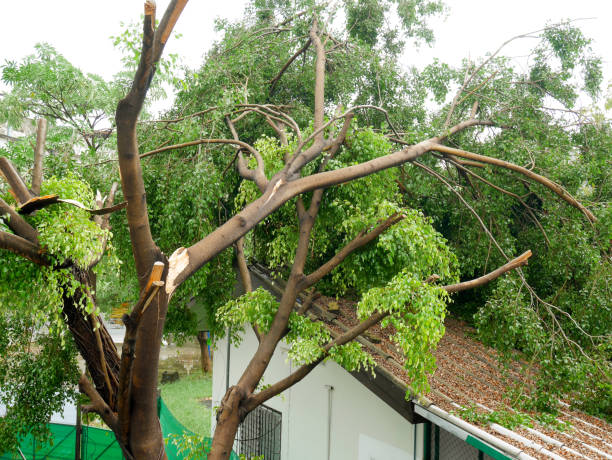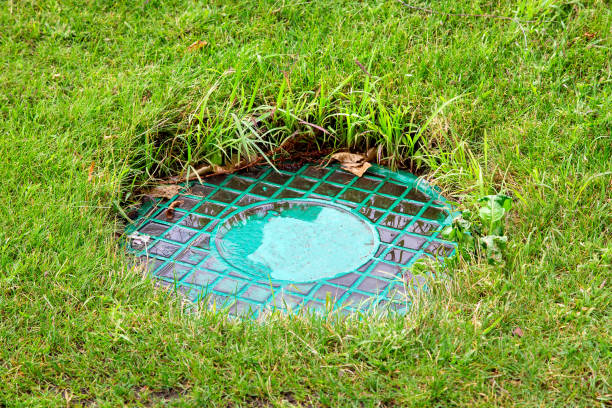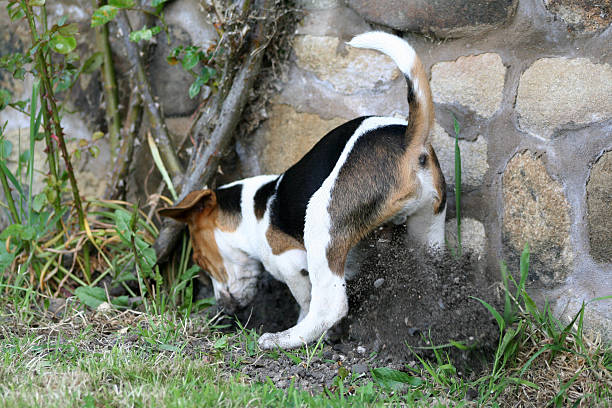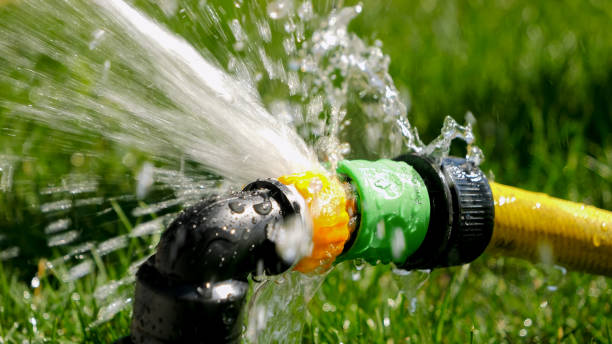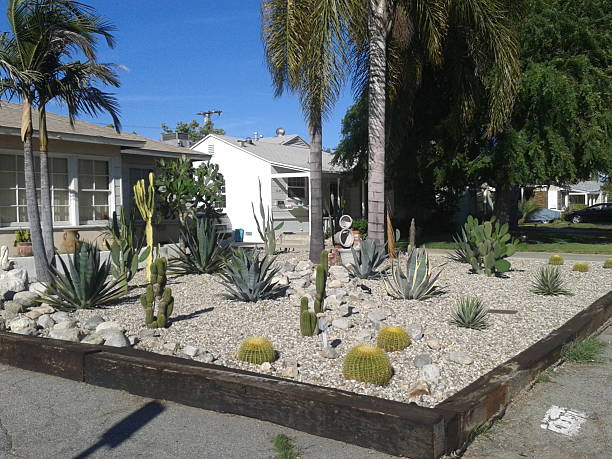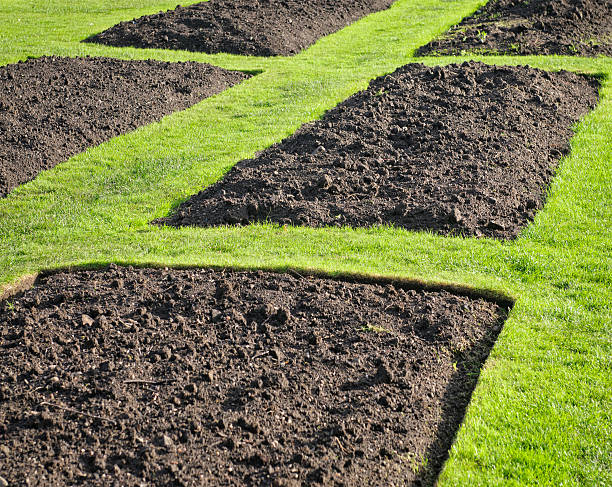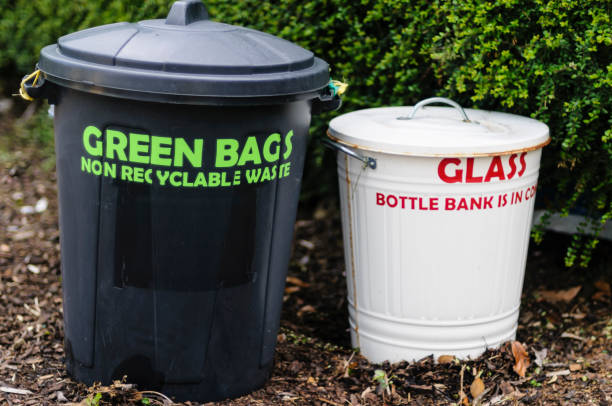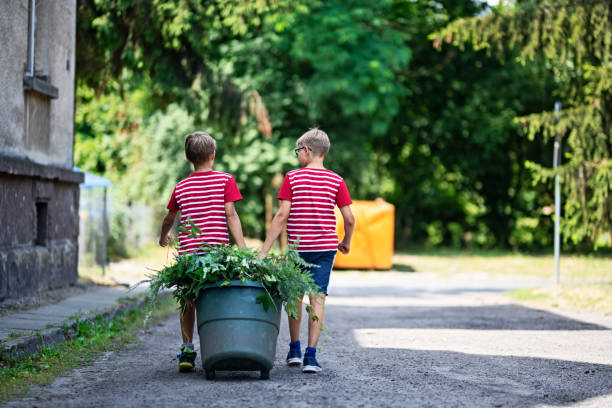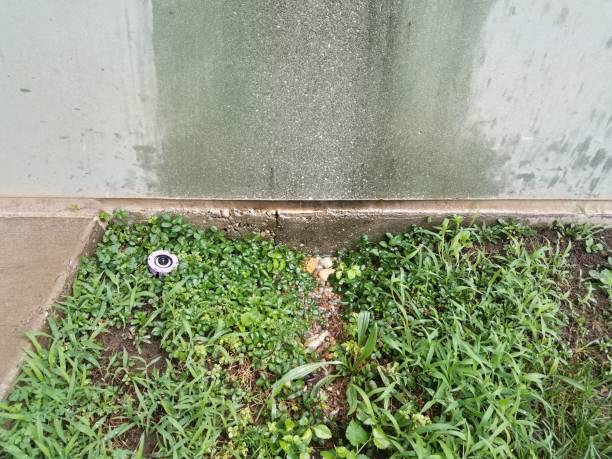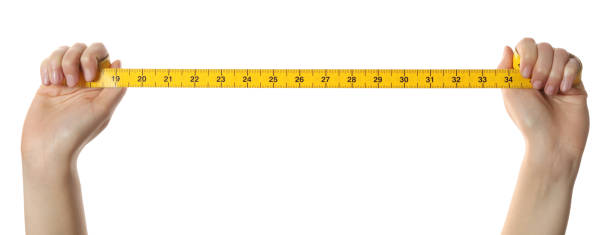What to do when a Tree Falls in Your Yard?
This post contains affiliate links. This means I will make a commission at no extra cost to you should you click through and make a purchase. Read the full disclosure here.
When a tree falls in your yard, it can be a distressing and potentially dangerous situation. Whether it’s due to a storm, disease, or old age, dealing with a fallen tree requires prompt action. This article will guide you through the necessary steps to take when faced with this situation, ensuring your safety, property recovery, and future tree management.
Assess the situation
The first step when a tree falls in your yard is to assess the situation carefully. Take note of the tree’s size, the extent of the damage it has caused, and whether it has affected any structures, power lines, or other trees. This assessment will help you determine the severity of the situation and plan the appropriate response.
Ensure personal safety
Safety should be your top priority. Stay away from the fallen tree and any damaged or leaning branches. Be cautious of potential hazards like electrical wires that may have been affected. If the tree has caused significant damage or poses an immediate threat, evacuate the area and seek shelter elsewhere until professionals arrive.
Contact emergency services
If the fallen tree has caused severe damage or poses a danger to people or property, contact emergency services immediately. Inform them about the situation and provide relevant details such as your location and the extent of the damage. Emergency responders will prioritize your call and dispatch the appropriate personnel to assist you.
Document the damage
Before starting any cleanup or removal activities, document the damage caused by the fallen tree. Take photographs or videos from different angles, capturing the tree, affected structures, and any other relevant details. These visual records will be valuable for insurance claims and can help professionals understand the scope of the situation.
Check for insurance coverage
Review your homeowner’s insurance policy to determine if it covers tree removal and damage caused by fallen trees. Contact your insurance provider and inform them about the incident, providing the necessary documentation. They will guide you through the claims process and advise on the coverage and reimbursement you may be eligible for.
Hire a professional tree removal service
To ensure the safe and efficient removal of the fallen tree, it is recommended to hire a professional tree removal service. These experts have the necessary equipment, knowledge, and experience to handle tree removals in a controlled manner, minimizing further damage and ensuring the safety of all involved. Obtain quotes from reputable companies and select the one that best suits your needs.
Remove debris and clean up
Once the fallen tree has been safely removed, it’s time to clean up the debris. Use appropriate tools like chainsaws, loppers, and rakes to clear the area. Be cautious while handling sharp objects and heavy branches. If the debris is too extensive, consider renting a dumpster or contacting a waste removal service to assist with the cleanup process.
Consider tree replacement or repair
If the fallen tree was a valuable or significant part of your landscape, consider tree replacement or repair options. Consult with an arborist to assess the condition of any remaining trees and discuss suitable replacements. They can guide you on selecting tree species that are compatible with your environment and provide long-term benefits.
Prevent future tree-related incidents
Take this opportunity to assess the health and condition of other trees on your property. Regularly inspect them for signs of disease, instability, or decay. Address any issues promptly by trimming or removing hazardous trees before they cause damage. Maintaining a healthy tree canopy through proper care and pruning will minimize the risk of future tree-related incidents.
Utilize fallen tree resources
Don’t let the fallen tree go to waste. Consider repurposing the wood for various purposes such as firewood, furniture, or mulch. If you don’t have the means to utilize the wood yourself, reach out to local artisans, woodworking enthusiasts, or biomass recycling facilities that may be interested in salvaging the tree.
Replant and maintain the landscape
To restore the beauty and functionality of your landscape, replanting is essential. Choose appropriate tree species that complement your yard and align with your preferences. Ensure proper planting techniques are followed, providing adequate spacing, soil preparation, and watering. Regularly maintain your landscape by pruning, fertilizing, and watering your trees to promote their health and longevity.
Seek professional advice
If you’re unsure about tree care, maintenance, or the health of your remaining trees, seek advice from certified arborists. These professionals can conduct tree risk assessments, diagnose diseases, and provide guidance on proper tree care practices. Investing in expert advice can save you from potential hazards and ensure the well-being of your trees.
Communicate with neighbors
In situations where a fallen tree affects neighboring properties, it’s essential to communicate and cooperate with your neighbors. Coordinate efforts to clean up shared spaces, repair damages, and address any potential conflicts. Open lines of communication can help foster good relationships and create a supportive community.
Conclusion
Dealing with a fallen tree in your yard requires prompt action and careful consideration. Assess the situation, prioritize safety, and seek professional assistance when necessary. Document the damage, contact your insurance provider, and hire a reputable tree removal service. Clean up the debris, consider tree replacement or repair, and take proactive measures to prevent future tree-related incidents. Utilize fallen tree resources, replant and maintain your landscape, and seek professional advice when needed. By following these steps, you can effectively navigate the aftermath of a fallen tree and restore your yard to its former glory.
FAQs
Will my homeowner’s insurance cover the cost of tree removal?
- Homeowner’s insurance policies vary, but some do provide coverage for tree removal if the tree falls on your property or damages structures. Review your policy or contact your insurance provider to determine your coverage.
How much does professional tree removal cost?
- The cost of professional tree removal depends on various factors, including the size of the tree, its location, and the complexity of the removal process. It’s best to obtain quotes from different tree removal services to get an accurate estimate.
Can I remove a fallen tree myself?
- It is generally recommended to hire a professional tree removal service for safety reasons. Tree removal can be hazardous, especially when dealing with large trees or those entangled with power lines. Professionals have the expertise and equipment to handle such situations safely.
What should I do if the fallen tree has damaged power lines?
- If the fallen tree has caused damage to power lines, immediately contact your local utility company or emergency services. They will dispatch professionals to handle the situation safely and restore the power supply.
Can I replant a tree in the same spot where a fallen tree was removed?
- It is advisable to consult with an arborist before replanting a tree in the same spot. They can assess the soil conditions, any remaining risks, and recommend suitable tree species to ensure the success of the new planting.

